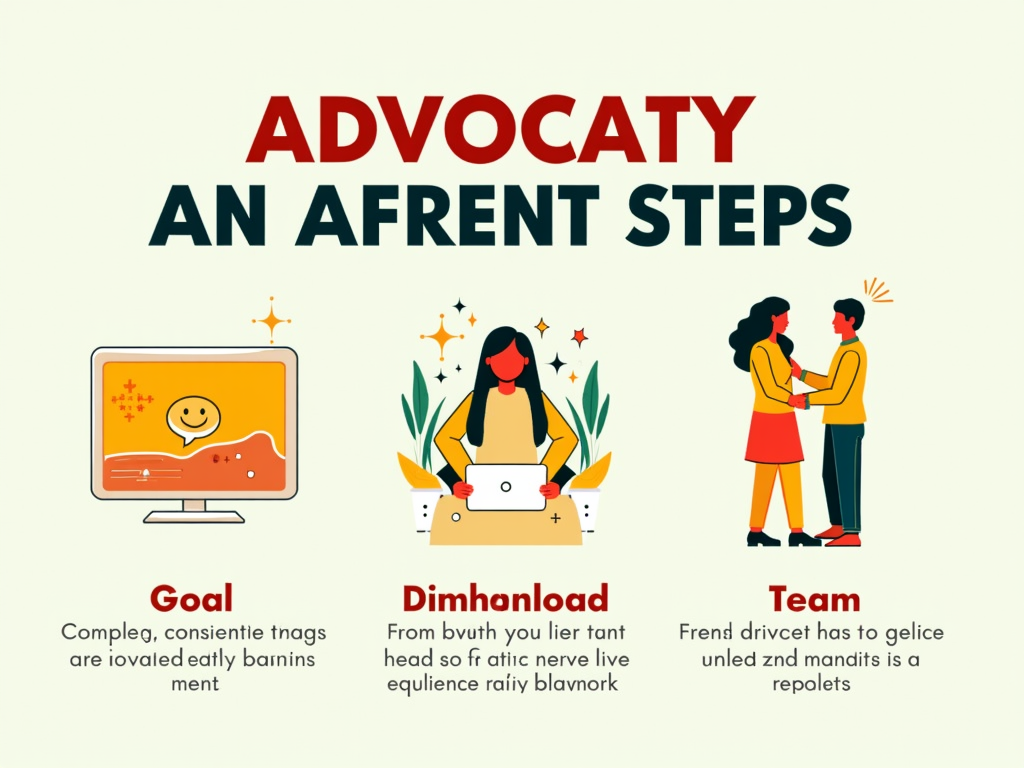Advocacy Strategies for Social Change
By , May 1, 2025
Overview
Advocacy is a powerful way to spark social change. It means speaking up for a cause, persuading decision-makers, and rallying communities to tackle big issues. Whether you care about the environment, human rights, or your neighborhood, mastering advocacy strategies can boost your impact. This article dives into the essentials, from launching a group to training volunteers, with practical tips for real change.

What Is Advocacy and Why It Matters
Advocacy is all about supporting a cause to make a difference, often by shaping policies or resources. For social change, it can look like local campaigns or big lobbying efforts. It’s about spotting a problem, figuring out solutions, teaming up with others, sharing your message, and gathering support.
Take the push to ban single-use plastics. Advocates taught people the facts, pitched new rules, and worked with businesses. Their efforts led to real policy shifts in many places. That’s advocacy in action—giving power to those who need it, keeping leaders in check, and fixing systems.

Key Advocacy Strategies That Work
Good advocacy needs a plan. Here’s how to make it happen:
- Set Clear Goals: Be specific about what you want. Instead of “less trash,” aim for “ban plastic bags in our city by next year.”
- Know Who to Talk To: Find out who can make your change real. Learn what they care about and adjust your pitch.
- Team Up: Join forces with groups or people who agree with you. A mix of voices—like health experts and local shops—can hit harder.
- Use Facts: Back up your points with solid info. Studies showing pollution’s harm can sway tough crowds.
- Spread the Word: Hit up social media or news outlets. Look at the Ice Bucket Challenge—it got millions talking and acting.
- Take Action: Plan marches, petitions, or letter drives to show your support is real.
- Check Progress: Keep an eye on what’s working with surveys or news tracking, then tweak your plan.

How to Start a Community Advocacy Group
Want to fix something local? Starting a community advocacy group is a great move. Here’s a step-by-step:
- Pick Your Fight: Find an issue that hits home, like not enough healthy food around.
- Find Your Crew: Chat with neighbors or local leaders to get a starter team.
- Set Your Purpose: Write a short goal, like “Make sure every family here eats well.”
- Make a Plan: List your moves—like pushing for a garden—and set dates.
- Meet Up: Get together often to talk progress and next steps.
- Raise Cash: Look for donations or small grants to keep going.
- Do It: Start with a petition or a meeting with officials.
I once joined a group pushing for safer parks. We started small, just five of us, and grew by talking to parents at playgrounds. It worked because we kept it simple and real.

Why Volunteers Matter in Advocacy
Volunteers are the heart of advocacy. They bring fire, fresh ideas, and all kinds of skills. They might:
- Share info with people
- Dig up facts
- Set up events
- Talk to leaders
- Run your online pages
Their personal stakes—like living near a polluted river—make their words hit home. I’ve seen volunteers turn a quiet campaign into a loud one just by caring so much.

Volunteer Training for Advocacy Work
Training volunteers right makes them unstoppable. Cover these bases:
- Know the Issue: Make sure they get the problem and the fix.
- Talk Well: Teach them to explain things clearly and strongly.
- Learn the Moves: Show them how to lobby or pitch to the press.
- Respect Everyone: Help them connect with all kinds of people.
- Stay Legal: Go over rules so they don’t cross lines.
Try role-playing tough talks—like facing a grumpy official. I trained a team once, and watching them go from shy to confident was amazing.

How to Measure Your Advocacy Impact
You need to know if you’re winning. Try this:
- Set Targets: Pick goals you can measure, like “get 500 petition signatures.”
- Watch Results: Look at new rules, news stories, or how many show up to events.
- Ask Around: Get thoughts from people involved.
- Fix the Plan: Use what you learn to get better.
If you’re pushing for better food, check if more folks buy healthy stuff. Numbers tell the story.

Facing Advocacy Challenges
It’s not always easy. Here’s how to handle common hurdles:
- Pushback from Leaders: Win them over with facts and lots of voices.
- No Money or Time: Focus on what’s doable and get help from others.
- Feeling Worn Out: Take breaks, share the load, and cheer small wins.
- No One Cares: Tell stories that make it personal—like how a kid can’t play outside because of smog.

Real Wins in Advocacy
Look at the Marriage Equality Movement in the U.S. Years of courtroom fights, teaching the public, and teaming up with big groups won marriage rights nationwide in 2015. It shows how sticking with it and mixing strategies can rewrite the rules.

What’s Next for Advocacy
Advocacy’s changing fast. Watch these shifts:
- Online Power: Social media and websites rally people quick.
- Smart Data: Numbers help aim your efforts and show results.
- Big Team-Ups: Groups across borders tackle stuff like climate change.
- Young Voices: Kids and teens lead with bold ideas and tech skills.
Keeping up keeps you ahead.

Summary
Advocacy for social change takes heart, smart moves, and teamwork. With the right strategies, a community group, and trained volunteers, you can shake things up. This guide lays out the path—start small, grow big, and keep going. Advocacy isn’t just talk; it’s how change happens.